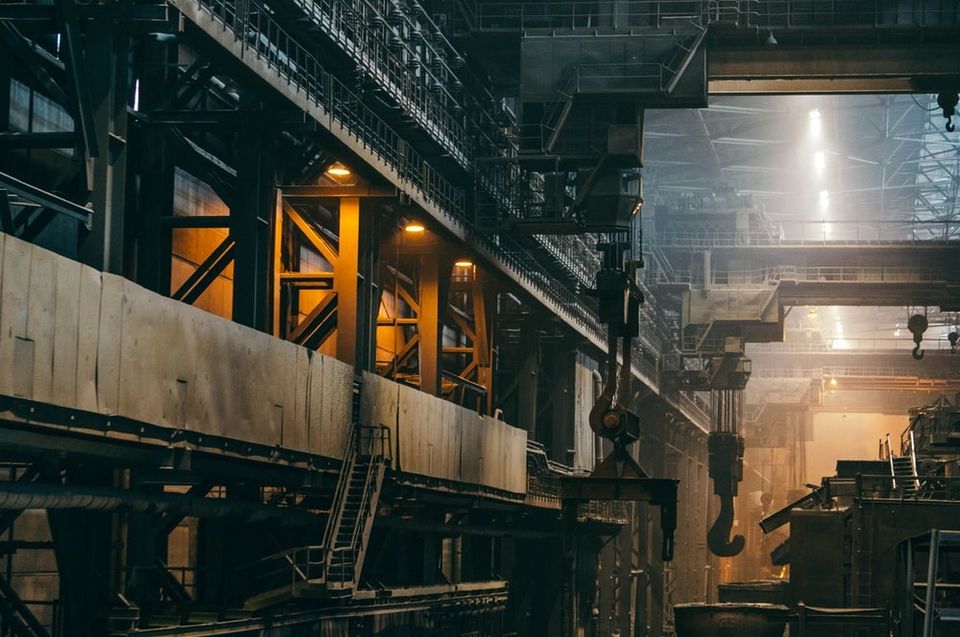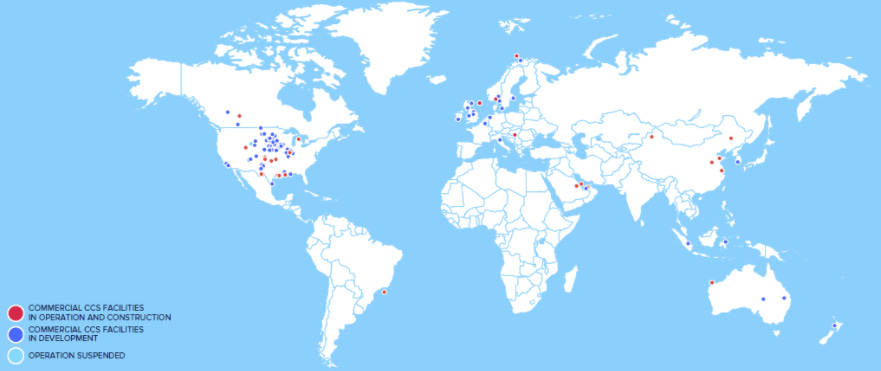Why we need Carbon Capture

We went through various ways we can capture CO2 from the air and in today’s post I’d like to focus on the two that seem to have received some criticism in the past due to their cost and currently limited capture capacity, which are Direct Air Capture and Post-Combustion Capture.
The main arguments against these technologies are:
- Big Oil is behind them
- They’re a diversion from renewables
- They’re an excuse to keep polluting
- They are expensive
Let’s try to go deeper.
Big Oil is behind them

First of all, it is true.
Big Oil companies like Exxon, Chevron and Shell are publicly supportive of Carbon Capture methods and are even actively using them to their benefit, whether it is to take advantage of Carbon tax benefits (which run at around 30$ per ton sequestered) or by using CO2 for Enhanced Oil Recovery.
Another selfish reason here is that the Carbon Capture market is projected to be as huge as 3 trillion dollars so it’s no wonder why they’re already pumping (no pun intended) a lot of money into these technologies.
So, if we are to support the Bad Companies ™ who have been lying to us for decades, are we not actively working against the log-term goal, which is to save humanity from extinction?
Well, there are a couple of things to keep in mind:
- Companies are not evil (nor good), they are organizations that are created in order to increase profit (and this, combined with corruption, can lead to evil). In many cases, profit aligns with destruction of natural resources but when it actually aligns with something potentially good for the environment, we should pay closer attention before dismissing it.
- Oil companies have huge expertise. Remember that these companies have been employing and paying well some of the best scientists, engineers and, yeah, lobbyists. These folk’s skills are going to be needed in the transition to clean technologies.
- They have a lot of infrastructure in place. Remember that they have been some of the most efficient organizations in taking a resource out of the earth, refining it and then transferring it around the world in a cost that an average consumer can afford to pay daily. Now that we need to do the opposite we can use a lot of their infrastructure, like giant pipelines that are now being tested to transfer CO2 instead of oil.
As such, while it would be great to undo the environmental harm that these companies have done, at this point of time we need to attack the Climate Problem with everything that we have and if these companies are going to help develop a green technology while drilling new oil holes in the North Sea, we should fight the latter but not dismiss the former.
It’s a diversion from renewables

Renewables are free, great and they are definitely essential if we want to transition to a sustainable energy model. However, they come with severe limitations around their ubiquitousness, both in space and time terms.
- First, they can’t be equally deployed anywhere in the world. Obviously, dark places can’t use solar energy and non-windy places can’t use wind energy.
- In terms of time, you can’t produce solar energy at night and wind energy when it’s not windy.
This means you have to either build huge infrastructure to transfer energy from energy-producing places to energy-consuming ones (like from southern Europe where you have plenty of sun to the north where you don’t) and this doesn’t exist. Even between areas within the same country you are faced with irregularities and problems.
The other solution is to rely on batteries in order to use it when the conditions are not right but if we are to scale this to cities-scale, then we’ll come to see quick that the current Lithium-Ion technology will come with a lot of problems around efficiency, space and environmental pollution.
Thirdly, there are specific use cases that can’t rely on electricity and batteries. Airplanes are one of them because their energy needs are so high that they’re prohibitive of current batteries energy density and weight.
Lastly, even if we managed to magically electrify the entire energy industry, we would still not have eliminated CO2 emissions as there is still a small but significant amount caused by industrial processes which the industry characterizes as hard-to-abate and they make about 5% of total emissions. The reason for that is that they emit CO2 as part of a chemical process and not because of energy use. Production of cement, for example, involves the chemical release of CO2 by converting limestone to clinker and even by using renewables we would still have this extra CO2.
All these limitations of renewable energy should not deter us from further pursuing them but it’s important to keep in mind that they are not a silver bullet. More options, like sucking CO2 out of the air are going to be needed.
It’s an excuse to keep polluting

Yes, the energy and industrial sectors are big emission players and, yes, we should start reducing these emissions, but we should not forget how this carbon-driven growth (combined with advances in health and education) brought millions of people out of poverty in the now developed world during the 19th century.
As we are now witnessing billions more people emerging out of poverty by entering an accelerated phase of increased productivity it is logical to fear that we might repeat the same errors of the past. China is currently the biggest emitter with a 27% share of global emissions while the US hold around 11%.
But, if we look at the historical accumulated emissions, we see that US have emitted about 500GtCO2 while China is responsible for half of that at 285GtCO2. It is, the least to say, unfair of developed countries to stagger the growth of developing countries (and we need to consider Africa’s emergence in the coming decades too) with climate rules that were triggered by their own growth.
On the other hand, the planet can’t take any more emissions of the scale of the past two centuries, so it’s only a matter of time until Carbon Capture technologies can become an excuse to pollute - but from the countries whose turn it is now.
If we are to look back at historical emissions, terms like Climate Reparations and Climate Debt are starting to emerge in public discourse - rich countries which are responsible about the majority of the CO2 in the atmosphere will need to fix the problem by removing it themselves.
They are expensive
With an optimistic cost estimation of about 200$ per ton of CO2 captured, or 1000$ by others, it’s not hard to understand that it’s going to take a lot of money to take back billions of tons of CO2 from the air.
With a quick calculation of even being able to capture 1 billion tons per year the resulting costs can become daunting and disheartening, but we have to remember that every technological solution always starts as an expensive one before it scales up and becomes cheaper.
Here are some examples:
- Photovoltaic panels used to cost 300$ per watt in 1956. Now they cost 0.5$ per watt. That’s 600 times cheaper!
- A computer in 1965 cost 28.500$, now it costs hundreds of dollars
It’s a bit of a chicken and egg problem as someone needs to build something for this to become cheaper and only if it’s cheap enough more people will join the industry. Hopefully, though, there are more and more plants becoming operational every year, so it’s encouraging to see that we’re slowly entering this phase of scaling down costs:

